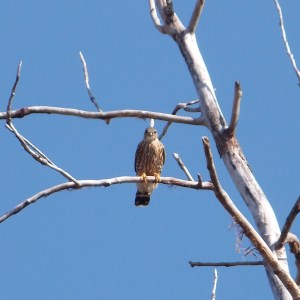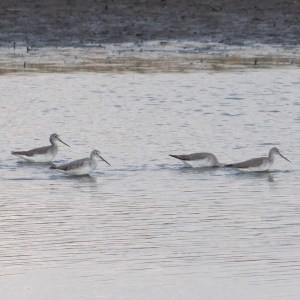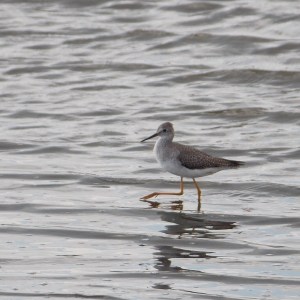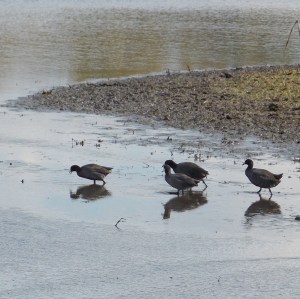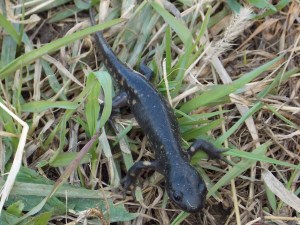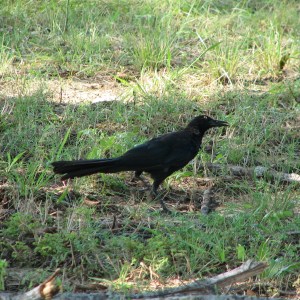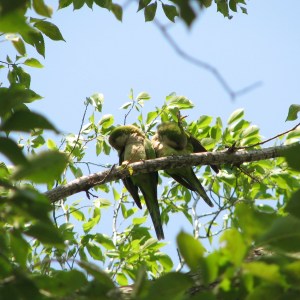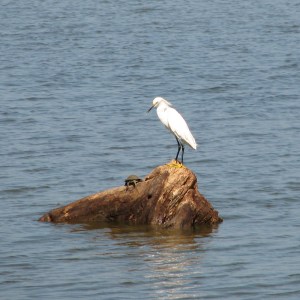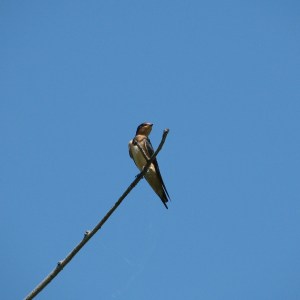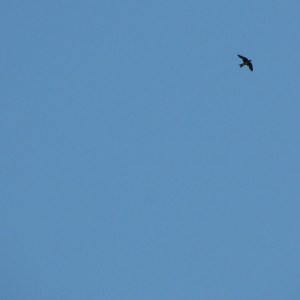I really like the #optoutside campaign to replace Black Friday. I have never used that day for its ‘intended’ purpose, but I am glad that there is starting to be some real momentum for an alternative that is known even on the average person’s social media feed. In Indiana, all state parks were allowing free admission on that day. I didn’t go to one, but I did spend most of the day birding.

Northern Flicker at the backyard feeder
It started with a family viewing of the Northern Flicker that has been patronizing our suet feeder recently. It first appeared earlier in the week while I was at work, and Jaime was incredibly excited to tell me that she used Sibley to identify it. We think it might actually be interested in our screech owl house; it has been frequenting the tree that it is mounted to.

Amereican Coot
Later in the morning I departed on my bike to check some local spots for possible new year birds. The first stop was the Fort Wayne water treatment ponds, which I arrived at via a new link to the River Greenway in the form of the Pemberton Levee Trail. This new route doesn’t really save any distance, but it is nice to ride separate from traffic for even half a mile. There were a lot of birds at the ponds, but unfortunately not a lot of diversity and nothing new. I enjoyed some closer-than-usual looks at American Coots.
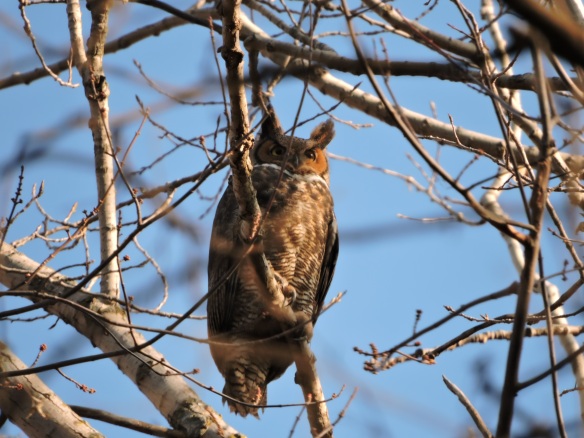
Great Horned Owl
The star of the show at the ponds ended up being a Great Horned Owl that I flushed from right next to the trail. It flew up and perched close by allowing me to get a photo for the first time and also for the Blue Jays to thoroughly harass it.
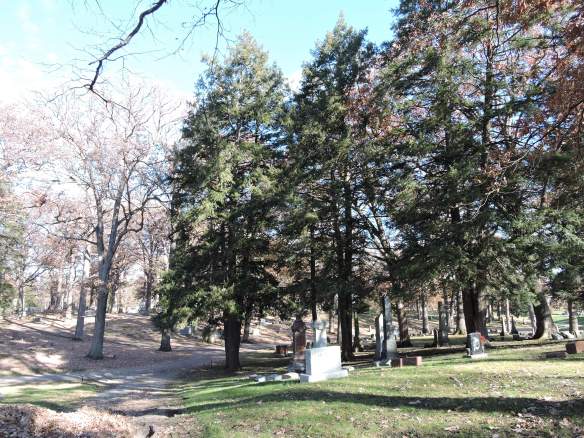
Lindenwood Cemetery
My next stop was Lindenwood Cemetery just on the other side of downtown. My primary goal there was winter finches. Specifically, I hoped for Red Crossbills. Indiana is experiencing a major irruption this year, and they have appeared at Lindenwood in years past because it offers the most conifers of any site near the city. No luck for me on Friday because the leaf blowers were out in force, so with time to spare I decided to keep riding and add another stop to my birding agenda.
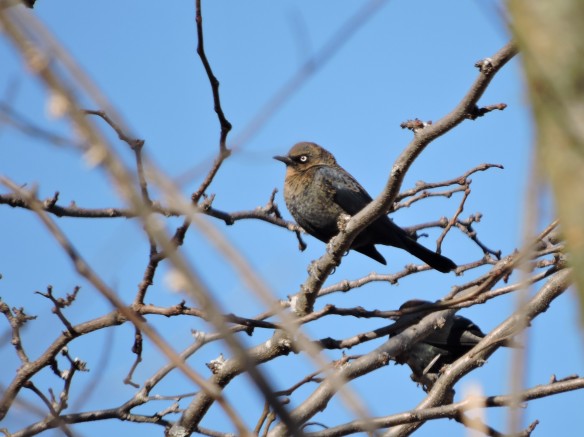
Rusty Blackbird
I took the Towpath Trail southwest toward Eagle Marsh. While I was riding on a particularly birdy segment I saw what at first I thought was a starling up in a tree. I wasn’t going to slow down, but right as I became even with it I could tell it was something else, and I braked to get out the binoculars. It flew down into the brush after a moment, and I stood there waiting to see if it would re-emerge. When it finally did, I was able to confirm it as a Rusty Blackbird, which was a state bird and also Allen County bird #199. It was soon joined by a friend as well as some Red-winged Blackbirds. While not totally unexpected, this bird wasn’t really on my radar as one that I might get green.

Eagle Marsh
When I got to Eagle Marsh I decided to eschew my usual path and take the newly completed Continental Divide trail all the way around the preserve. It was windy but sunny, and bird numbers were low as the temperature had not risen enough to melt all of the ice.
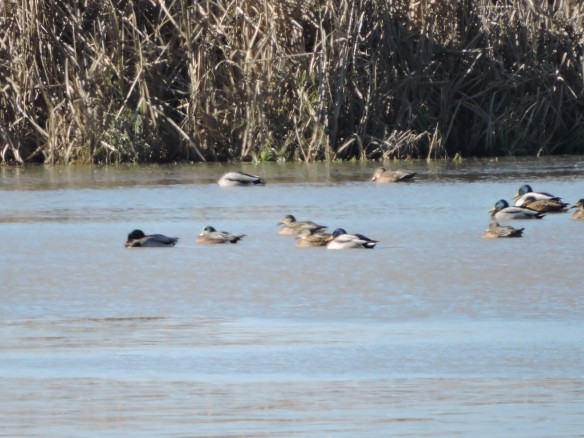
American Wigeon
The larger basins were mostly clear though, so I spent a good deal of time scanning the Mallards and Northern Shovelers for anything different. I was rewarded by two American Wigeon, pictured above as a diagnostic photo only because they were something of a nemesis for me, a long overdue life bird, and the only duck regularly occurring in the inland-Midwest that I had not seen. Plus with the Rusty from earlier, they were Allen County bird #200.
The last notable sighting as I was leaving the marsh to head home was a flyby Northern Harrier making my third year bird for the day. I ended the day with a green list of 158 species, all in Allen County. When I got home, I saw a report of a Snowy Owl the next county over that I was within 10 miles of. In addition to crossbills, Indiana is also currently experiencing a big invasion of Snowies, and I could have gone for that one by foregoing my other birding stops. But even as cool of a pickup as that would have been on a bicycle, I am glad that I birded where I did on Green Friday and found my own birds to add to the list.


